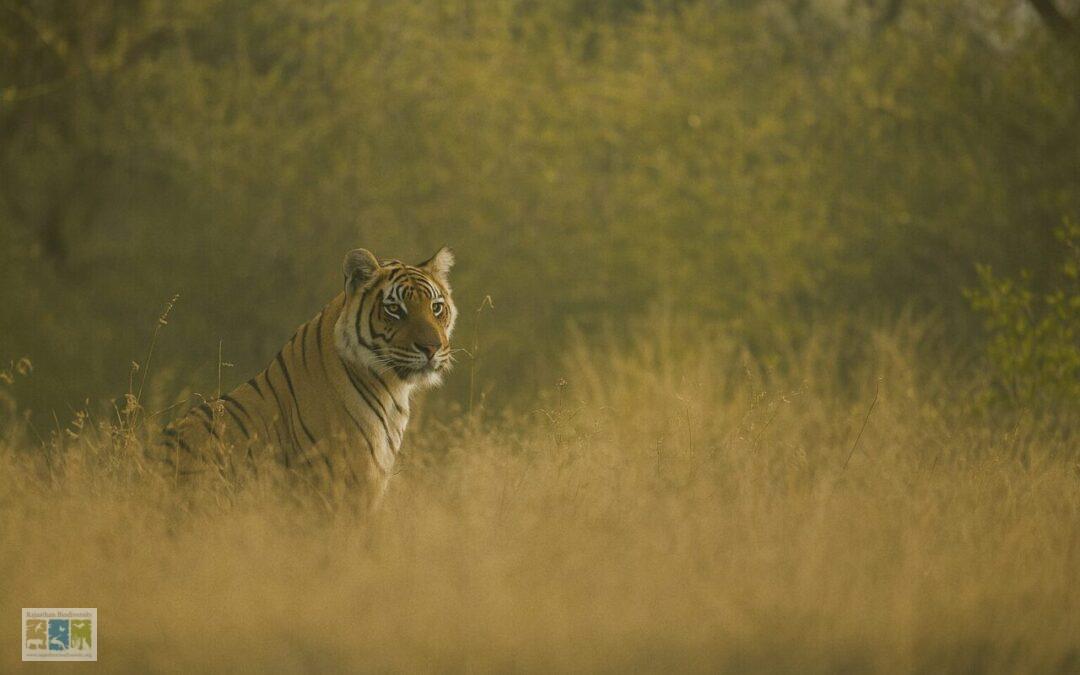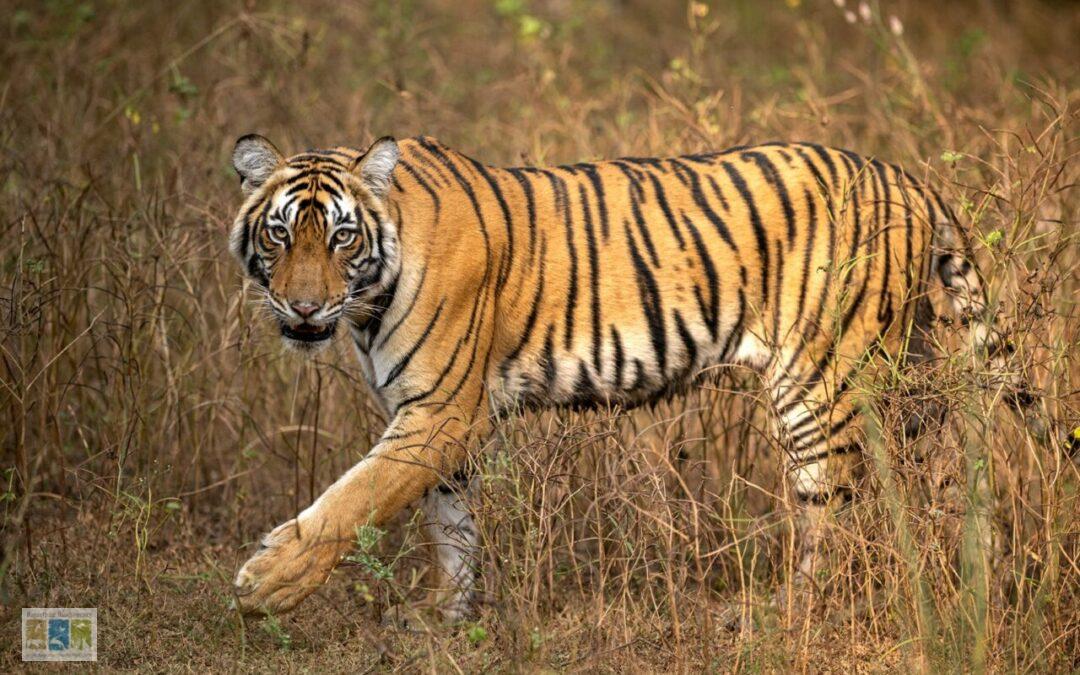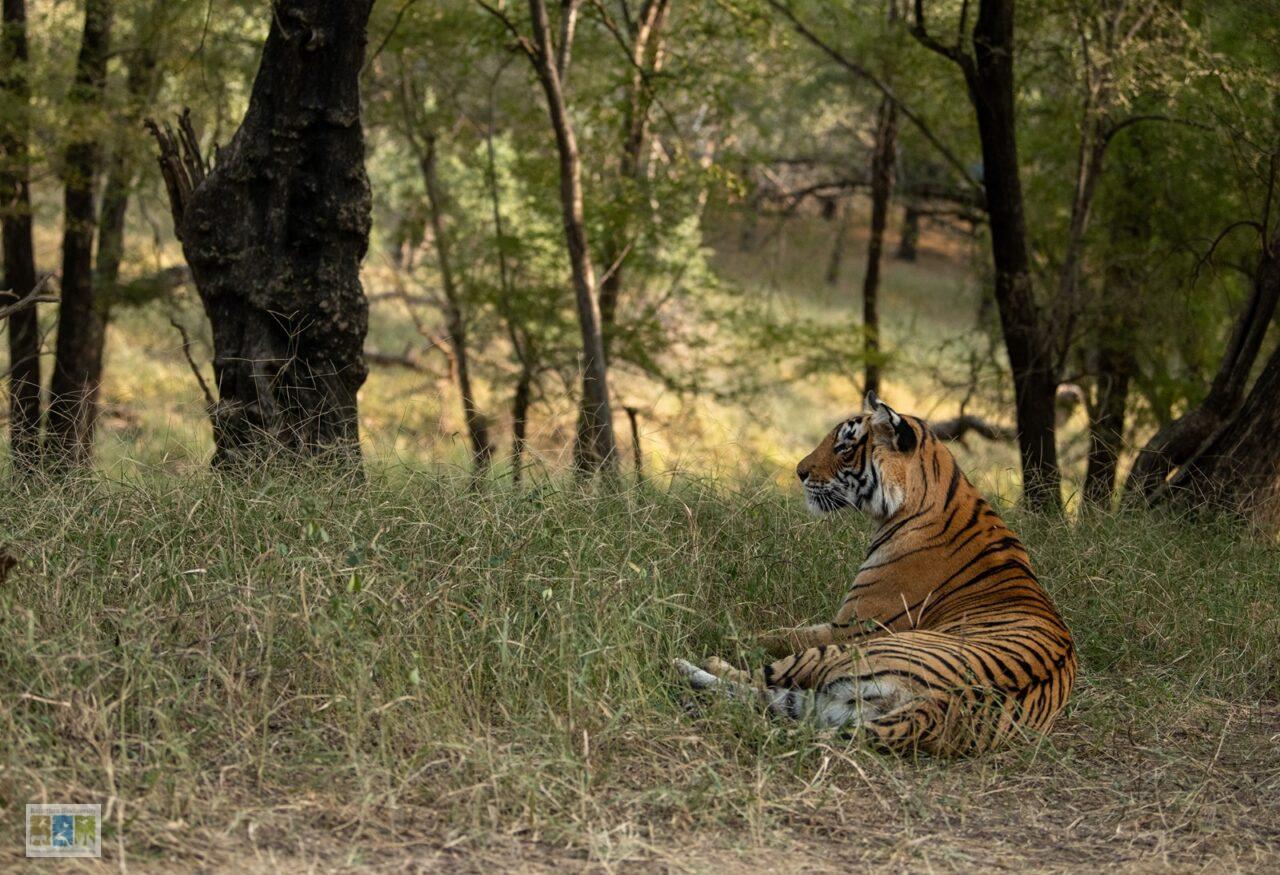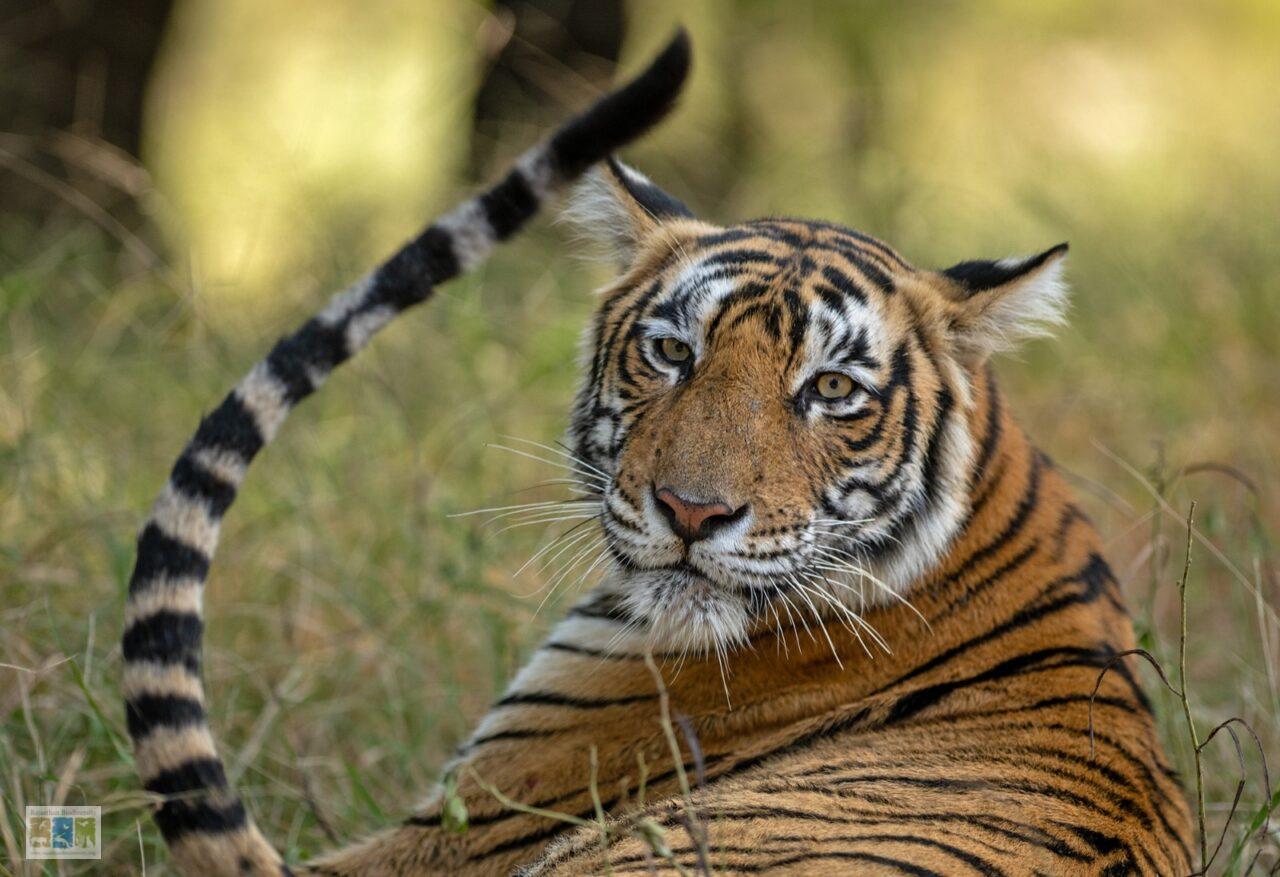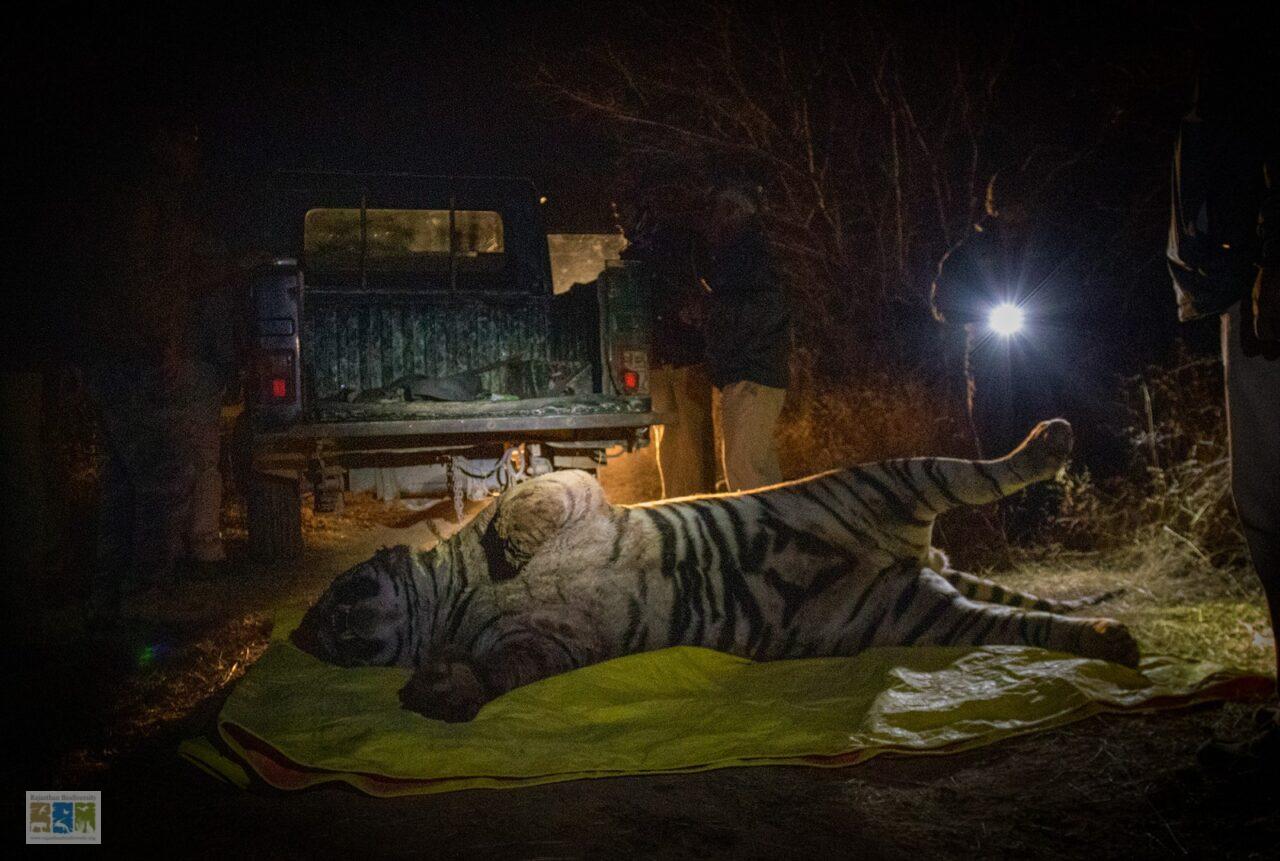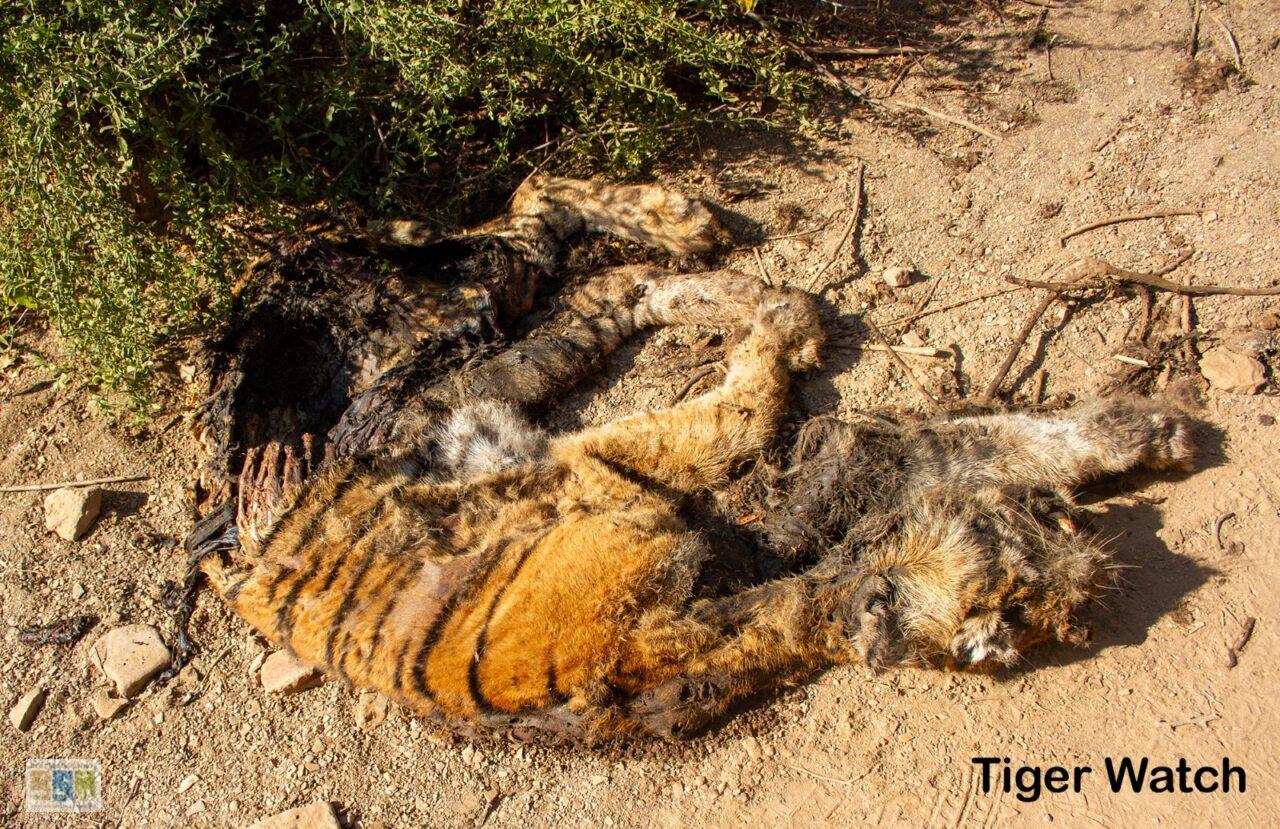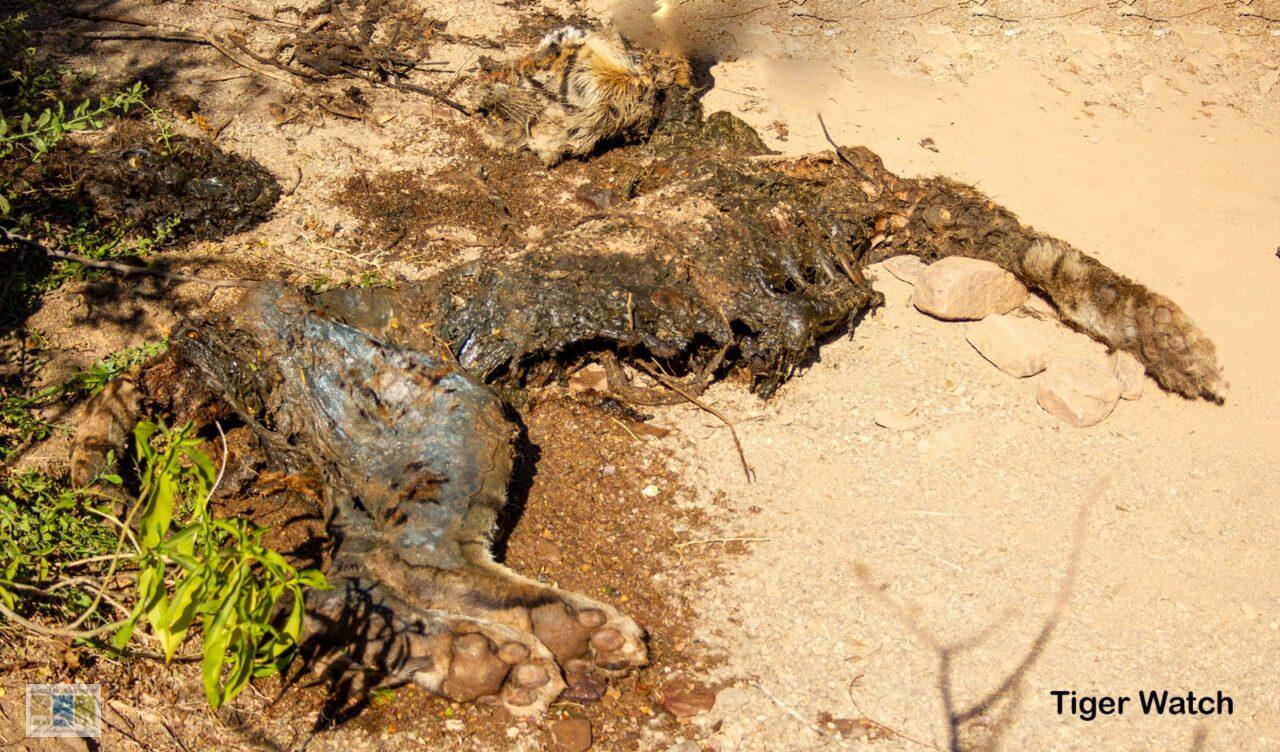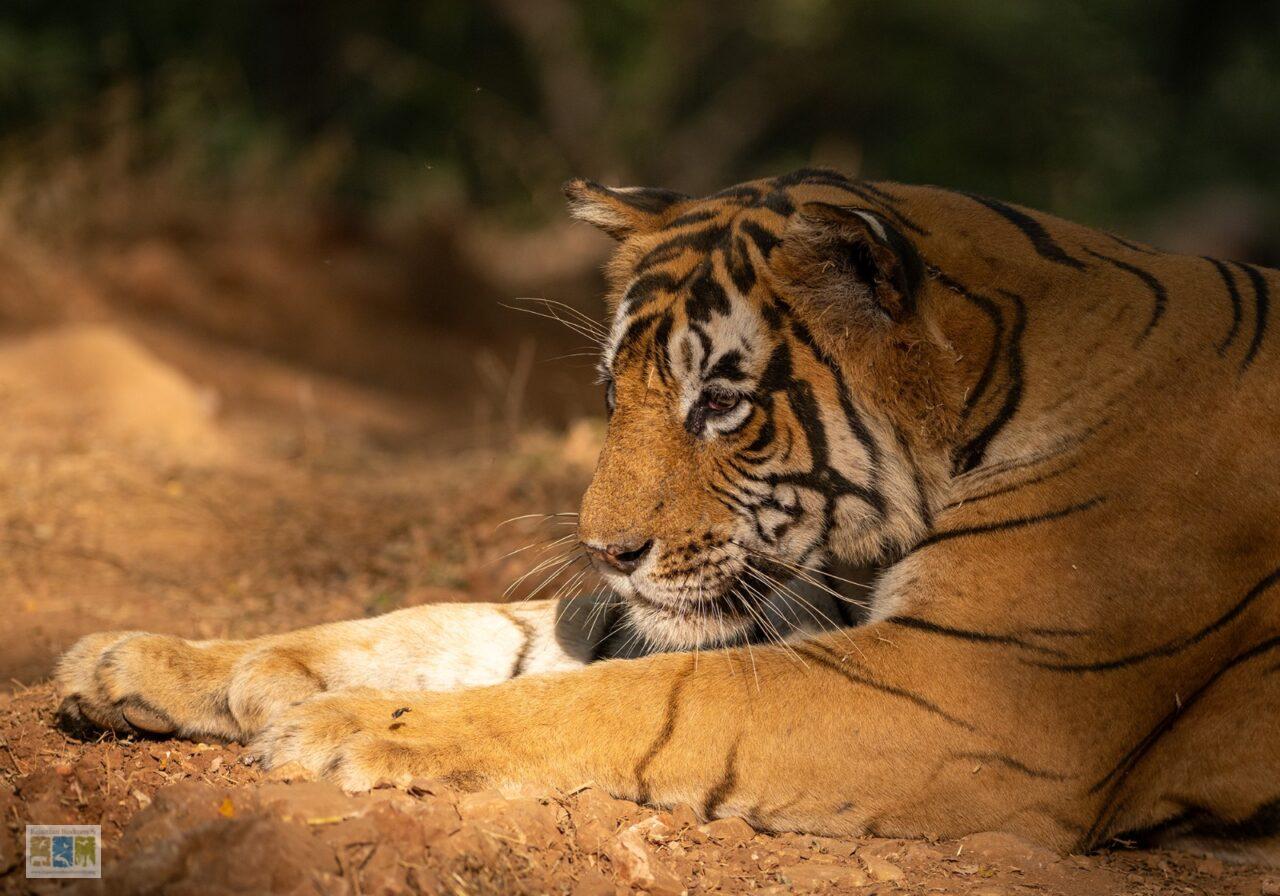
पुस्तक समीक्षा: राजस्थान के बाघों का संसार
पुस्तक का सारांश
“राजस्थान के बाघों का संसार” अरावली और विंध्यांचल की अद्भुत जैव विविधता और पारिस्थितिकी पर केंद्रित एक अनूठी कृति है। यह पुस्तक न केवल बाघों के संरक्षण के महत्वपूर्ण आयामों को सामने लाती है, बल्कि उन पहाड़ी क्षेत्रों में मौजूद वनस्पति, जीव-जंतुओं और स्थानीय पारिस्थितिकी तंत्र को भी विस्तार से समझाती है। इस पुस्तक के लेखक प्रवीण सिंह, मीनू धाकड़, धर्म सिंह गुर्जर और डॉ. धर्मेंद्र खांडल ने अपने अनुभव के आधार पर इस अद्वितीय पुस्तक को तैयार किया है।

विशेषताएं और सामग्री
विषयवस्तु की विविधता
पुस्तक में 13 अध्यायों के माध्यम से बाघों का महत्व, राजस्थान के प्रमुख टाइगर रिजर्व (जैसे रणथंभौर, मुकुंदरा, रामगढ़-विशधारी, धौलपुर-करौली), जैव विविधता, पारिस्थितिकी, संरक्षण जीवविज्ञान, सतत विकास, मानव-पारिस्थितिकी संघर्ष, विकास और अन्यान्य विषयों को समेटा गया है।
जैव विविधता का गहन विश्लेषण
पुस्तक अरावली-विंध्यांचल क्षेत्र की विशेष वनस्पति (जैसे धोक, पलाश, खैर) और जीव-जंतुओं का वैज्ञानिक विवरण प्रस्तुत करती है। यह क्षेत्र, भारत के शुष्क क्षेत्रों में होने के बावजूद, असाधारण जैव विविधता का घर है।
संरक्षण और सामुदायिक भागीदारी
इसमें टाइगर वॉच संस्था द्वारा किए गए संरक्षण कार्यों और स्थानीय समुदायों की भूमिका का विवरण मिलता है। संस्था के प्रयासों से न केवल वन्यजीव संरक्षण हुआ, बल्कि स्थानीय लोगों के लिए रोजगार और शिक्षा के अवसर भी सृजित हुए।
वैज्ञानिक भाषा और स्थानीयता का सम्मिलन
इस पुस्तक में वैज्ञानिक तथ्यों को सुलभ भाषा में प्रस्तुत किया गया है, जिससे यह शैक्षणिक संस्थाओं, छात्रों और आमजन के लिए भी उपयोगी बनती है। साथ ही, इसमें स्थानीय शब्दावली और कहानियों का समावेश इसे और भी रोचक बनाता है।
प्रेरक कथाएं
पुस्तक में खेजड़ली और अमृता देवी जैसी प्रेरणादायक गाथाओं का वर्णन है, जो राजस्थान की सांस्कृतिक विरासत और पर्यावरण-संवेदनशीलता को उजागर करती हैं।
उपयोगिता
“राजस्थान के बाघों का संसार” पुस्तक न केवल वन्यजीव प्रेमियों और शोधार्थियों के लिए अमूल्य है, बल्कि छात्रों, शिक्षकों और राजस्थान के बाघ क्षेत्र में काम कर रहे प्रकृति मार्गदर्शकों (नेचर गाइड्स) के लिए भी एक महत्त्वपूर्ण संसाधन है। इस पुस्तक का लेखन शैली स्पष्ट, प्रवाहपूर्ण और वैज्ञानिक तथ्यों से परिपूर्ण है, जो इसे विद्यार्थियों और शिक्षकों के लिए समझने योग्य और प्रेरक बनाती है।
यह पुस्तक स्कूल के बच्चों और शिक्षकों के बीच जागरूकता पैदा करने के उद्देश्य से तैयार की गई है। साथ ही, बाघों के परिदृश्य में कार्यरत नेचर गाइड्स भी इससे लाभान्वित हो सकते हैं। पुस्तक में वैज्ञानिक तथ्यों को सहज भाषा में प्रस्तुत किया गया है, जिससे कठिन अवधारणाएं भी सरलता से समझाई जाती हैं। स्थानीय शब्दावली और सांस्कृतिक संदर्भों का समावेश इसे और भी रोचक बनाता है।
अतः, यह पुस्तक किसी भी व्यक्ति के लिए उपयोगी है, जो राजस्थान की जैव विविधता और पारिस्थितिकी में रुचि रखता है। यह पाठक वर्ग को न केवल अरावली-विंध्यांचल के अद्वितीय पारिस्थितिकी तंत्र की सराहना करने में मदद करेगी, बल्कि इसके संरक्षण के प्रति प्रेरित भी करेगी।
नोट: इस पुस्तक की प्रति प्राप्त करने के लिए आप हमें tigerwatchtiger@gmail.com पर लिख सकते हैं या लेखकों से सीधे संपर्क कर सकते हैं।

